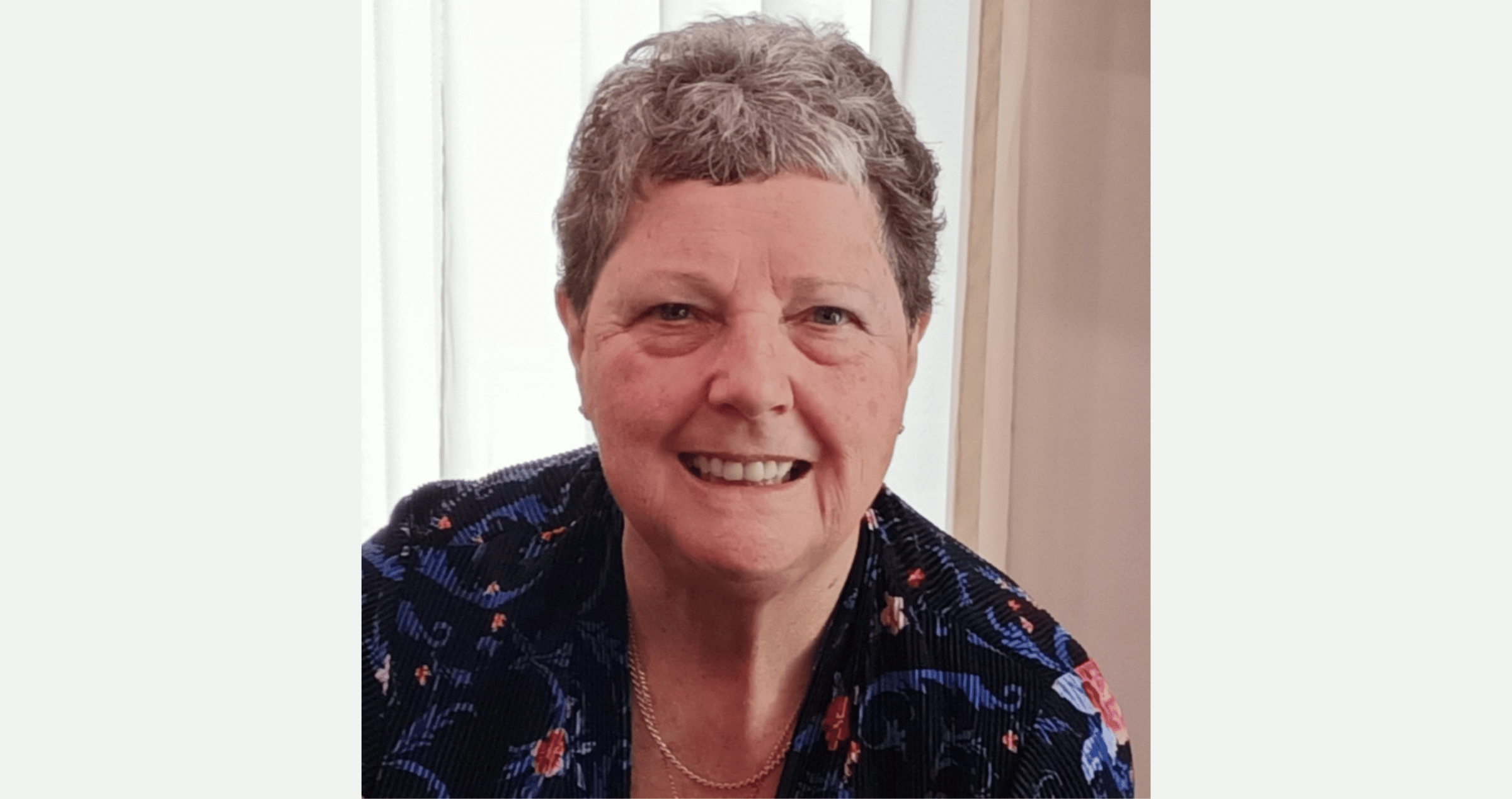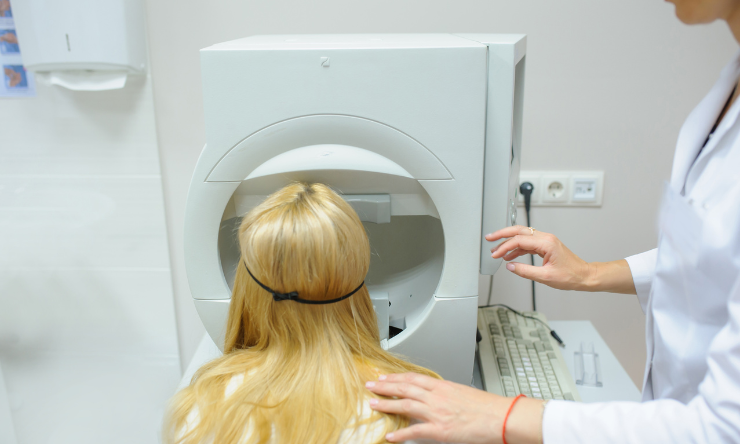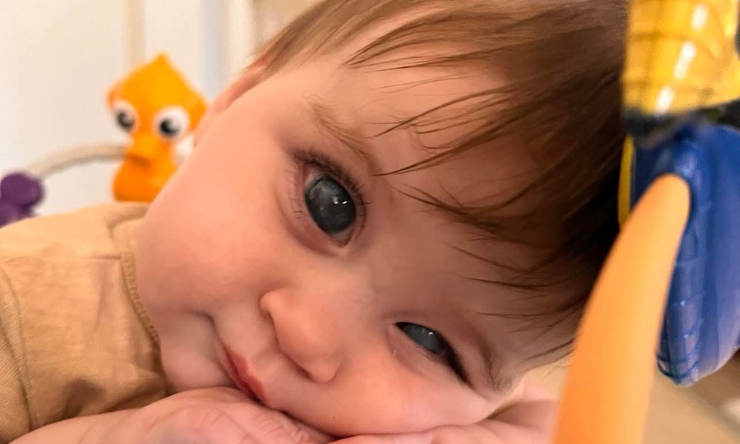Share
When Bette Smith’s cousin told her they had glaucoma in the family, she did what all Australians should be doing, she got her eyes checked. Bette’s glaucoma was caught early, without any loss to her vision.

Glaucoma is a leading cause of preventable blindness worldwide. It is estimated that over 300,000 Australians have glaucoma, yet 50% of people are unaware they have it. While vision loss due to glaucoma can’t be restored, early diagnosis and treatment can delay or halt the progression of the disease. This is why early detection is key.
Glaucoma is largely a genetic disease so knowing your family history is a factor in detection. First degree relatives (parents, siblings and children) are at greater risk - having an almost 1 in 4 chance of developing glaucoma in their own lifetime, and that risk doubles if the relative has advanced glaucoma.
“You don’t muck around when it comes to your sight. As soon as I was told there was glaucoma in the family, I started going to see an eye specialist every two years. At one of those checks, the onset of glaucoma was detected and I was immediately started on a treatment plan. This has meant I haven’t lost any peripheral vision, thanks to the early detection of my glaucoma. Understanding your family health history is key to appreciating the urgency of having an eye test,” said Bette.
Adherence to treatments is also an ongoing issue. Sadly 50% of people diagnosed with glaucoma stop taking their medications within six months2, and persistence with initial glaucoma medication is as low as 33%– 39% at one year3. Treatment is key to slowing or halting glaucoma’s progression, which is why Glaucoma Australia’s SiGHTWiSE Program provides free education, guidance and support for people living with glaucoma so they can understand the impact of adhering to medications and follow-up appointments.
“I was given a treatment plan of eye drops for my glaucoma. To ensure I remember to take my drops each day I have an object on my kitchen bench which I move once I’ve administered my drops. Before I go to bed, I move the object back. It’s a visual reminder to ensure I not only take my drops, but also confirm that I have already taken them. Thanks to being strict with my treatment regime, my sight has remained stable for the past 10 years, even with glaucoma. I understand my sight may change at some stage, but I’m certainly giving myself the best chance to keep my glaucoma at bay,’ she adds.
This World Glaucoma Week (10–16 March 2024), Glaucoma Australia is urging all Australians to have their eyes checked, as well as reminding those with a glaucoma diagnosis to adhere to their treatment to slow its progression and save precious sight.
Book an eye check this World Glaucoma Week (10–16 March 2024). If you or someone you care for lives with glaucoma, call Glaucoma Australia’s free SiGHTWiSE support line on 1800 500 880.
References
- Bansal R., Tsai J. Compliance/Adherence to Glaucoma Medications—A Challenge. J. Curr. Glaucoma Pract. 2007;1:22–25. doi: 10.5005/jp-journals-10008-1052
- Adherence and persistence with glaucoma therapy. Schwartz GF, Quigley HA Surv Ophthalmol. 2008 Nov; 53 Suppl1():S57-68.


